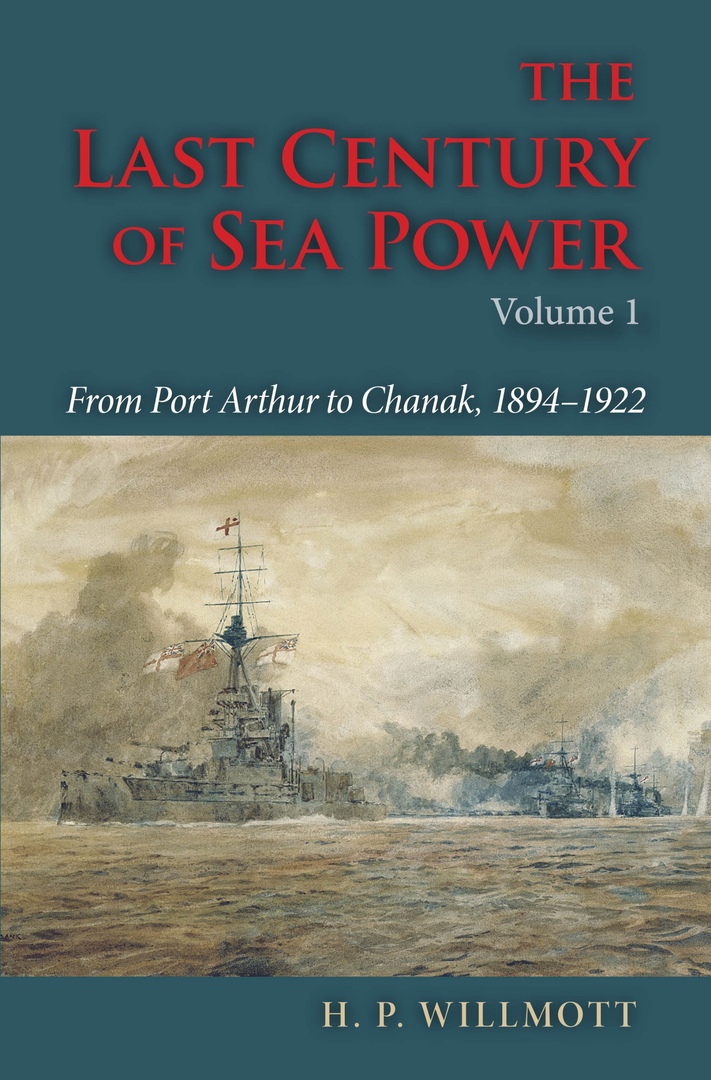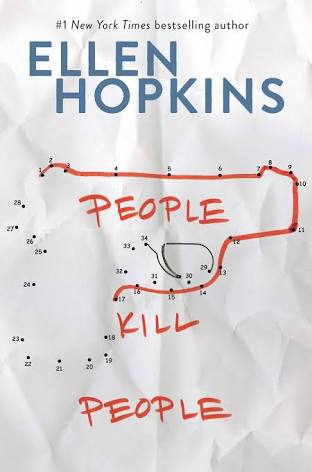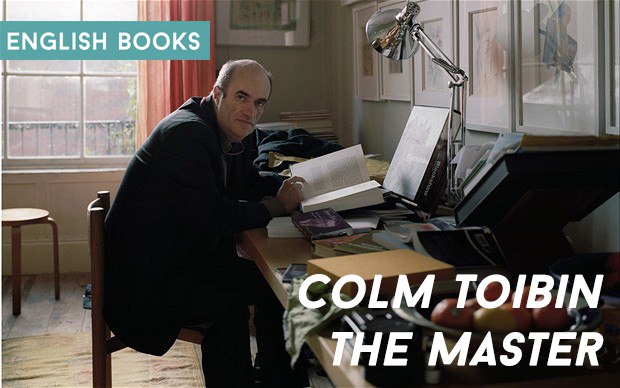Historical Dictionary of Medieval China –
1) Historical Dictionary of Medieval China – Victor Cunrui Xiong
Scarecrow Press | 2008 | PDF
The crucial period of Chinese history, 220-960, falls naturally into contrasting phases. The first phase, also known as that of “early medieval China,” is an age of political decentralization. Following the breakup of the Han empire, China was plunged into civil war and fragmentation and stayed divided for nearly four centuries. The second phase started in 589, during the Sui dynasty, when China was once again brought under a single government. Under the Sui, the bureaucracy was revitalized, the military strengthened, and the taxation system reformed. The fall of the Sui in 618 gave way to the even stronger Tang dynasty, which represents an apogee of traditional Chinese civilization. Inheriting all the great institutions developed under the Sui, the Tang made great achievements in poetry, painting, music, and architecture. The An Lushan rebellion, which also took place during Tang rule, brought about far-reaching changes in the socioeconomic, political, and military arenas. What transpired in the second half of the Tang and the ensuing Five Dynasties provided the foundation for the next age of late imperial China.
2) Historical Dictionary of Modern China (1800-1949) – James Z. Gao
Scarecrow Press | 2009 | PDF
The Historical Dictionary of Modern China (1800-1949) offers a concise but comprehensive examination of the political, military, economic, social, and cultural development of modern China. Instead of focusing merely on the political elites of China, this reference covers a variety of significant persons, including women and ethnic minorities; new historical concepts; cultural and educational institutions; and economic activities.
Drawing on newly-available records, including a large mass of governmental and family archives, the narratives presented reveal new facts, offer a new interpretation in accordance with China’s modernization process during the late Qing period, and a revisionist perspective on the Republican history. The chronology records not only political and military events but also other experiences of the Chinese people. The bibliography gives prominence to current literature on China’s drive towards modernization and appendixes provide the reader with detailed information on China’s cultural and economic transformation.
3) Historical Dictionary of the People’s Republic of China – Lawrence R. Sullivan
Scarecrow Press | 2007 | PDF
When the Chinese Communist Party (CCP) seized power in October 1949 China was one of the poorest nations in the world. In fact, it was so weak it had been conquered by Japan, a country one-tenth its size, a decade earlier. Now, more than fifty years later, the People’s Republic of China (PRC) is an emerging economic, political, and military superpower with the world’s fastest growing economy and largest population (1.3 billion in 2005). A member of the United Nations Security Council since the early 1970s and a nuclear power, China wields enormous influence in the world community.
The second edition of the Historical Dictionary of the People’s Republic of China contains more than 400 cross-referenced dictionary entries on individual topics spanning China’s political, economic, and social system along with short biographies on important figures―from politicians to writers and movie directors―who have shaped Chinese history during the period of Communist rule from 1949 to 2006. Supplementing the entries are a chronology, an introduction, charts outlining the structure of the Chinese government, and a bibliography of works in English, making this a superb resource for college and high school students needing a quick reference on contemporary China.
4) Historical Dictionary of the Chinese Communist Party – Lawrence R. Sullivan
Scarecrow Press | 2011 | PDF
The Chinese Communist Party, as the political leader of the world’s largest country and second largest economy, plays an undeniably important role in global politics. Founded in a boarding school in Shanghai in 1921, the Chinese Communist Party is one of the oldest ruling parties in the world since its takeover of mainland China in 1949 under the leadership of Chairman Mao Zedong. Since its inception, the party has survived a civil war with the Kuomintang (1946-1949); the political, cultural, and humanitarian catastrophe of the Great Leap Forward (1958-1960), where upwards of 30 million Chinese civilians died; and the death of the Chinese Communist Party’s dominant leader, Mao Zedong, in 1976.
In recent years, intellectuals and party members have been given increasing leeway to express their opinions, and Lawrence R. Sullivan takes advantage of this new research to provide a comprehensive history of one of the world’s most fascinating political movements. The Historical Dictionary of the Chinese Communist Party contains a chronology, an introductory essay, an appendix, an extensive bibliography, and more than 400 cross-reference dictionary entries on key people, places, and institutions. This book is an excellent access point for students, researchers, and anyone wanting to know more about the Chinese Communist Party.
5) Historical Dictionary of the Chinese Cultural Revolution – Guo Jian, Yongyi Song, Yuan Zhou
Scarecrow Press | 2006 | PDF
The Cultural Revolution in the People’s Republic of China started in 1966 and lasted about a decade. This revolutionary upsurge of Chinese students and workers, led by Mao Zedong, wreaked havoc in the world’s most populous country, often turning things upside down and undermining the party, government, and army while simultaneously weakening the economy, society, and culture. Tens of millions of people were killed, injured, or imprisoned during this period and relatively few benefited, aside from Mao Zedong and the Gang of Four, the group that would eventually receive the blame for the events of the Cultural Revolution.
Given the turbulence and confusion, it is hard to know just what happened. The Historical Dictionary of the Chinese Cultural Revolution tackles this task. First, in an extensive chronology, which traces the events from year to year and month to month, then in an introduction puts these events in context and helps to explain them. But most importantly, the bulk of the information is provided in a dictionary section with numerous cross-referenced entries on important persons, places, institutions, and movements. A bibliography points to further sources of information and a glossary will help those researching in Chinese.
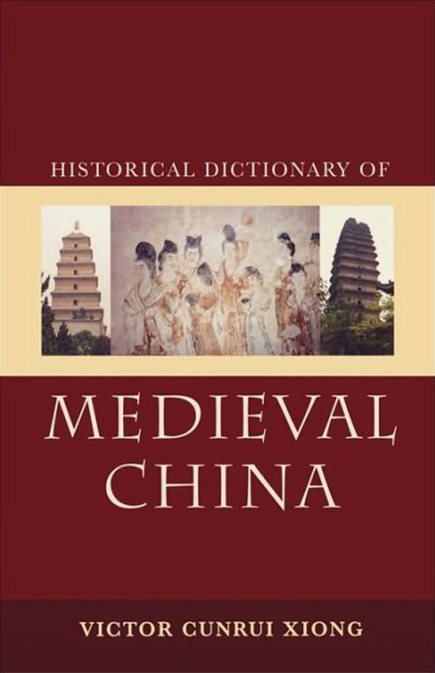 1 / 5
1 / 5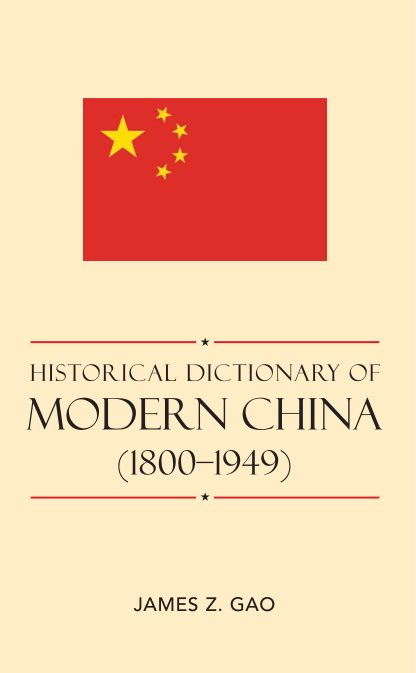 2 / 5
2 / 5 3 / 5
3 / 5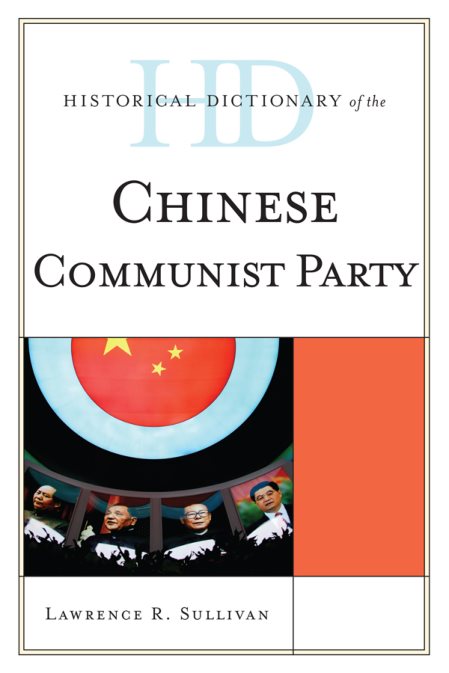 4 / 5
4 / 5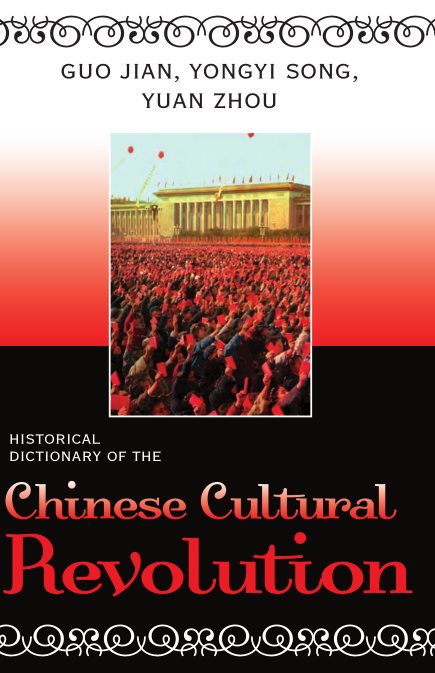 5 / 5
5 / 5